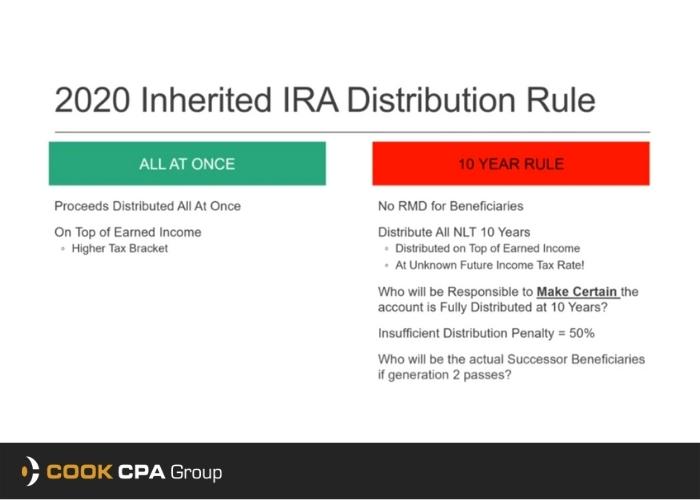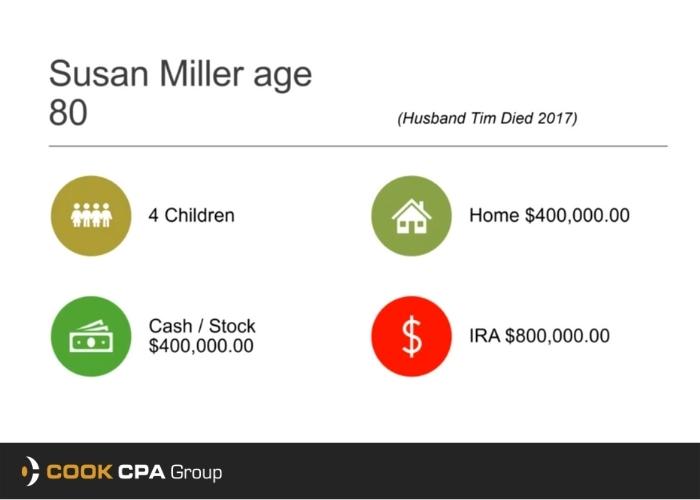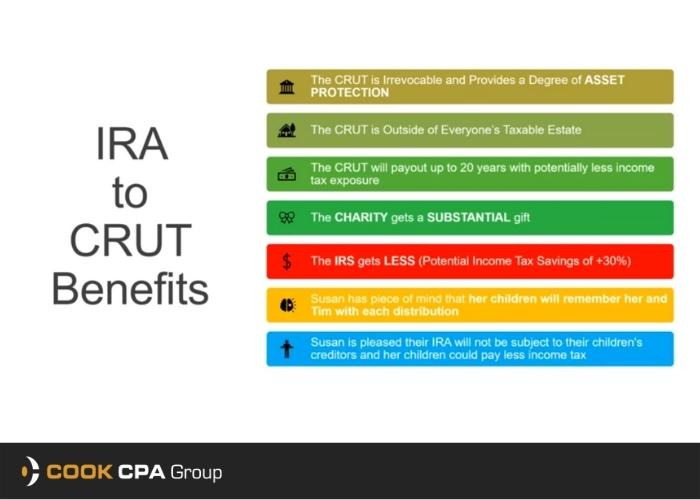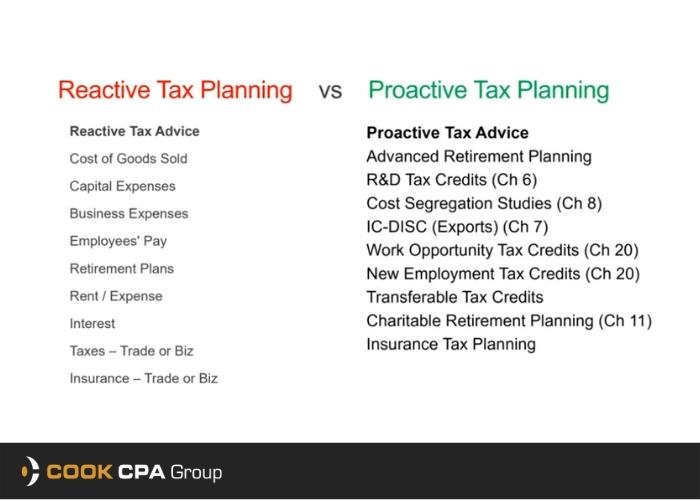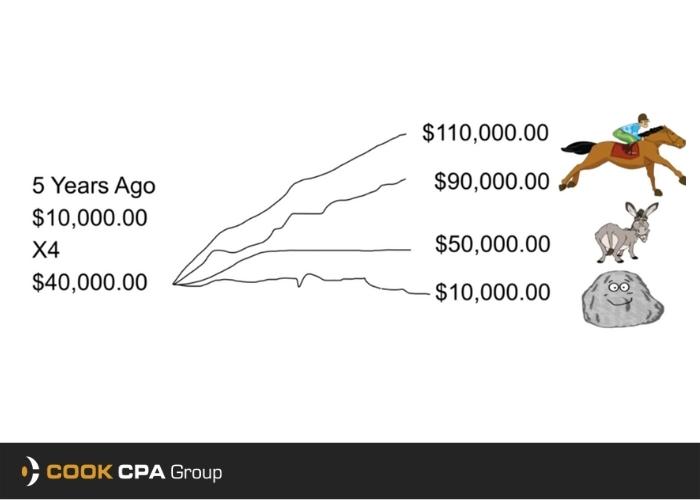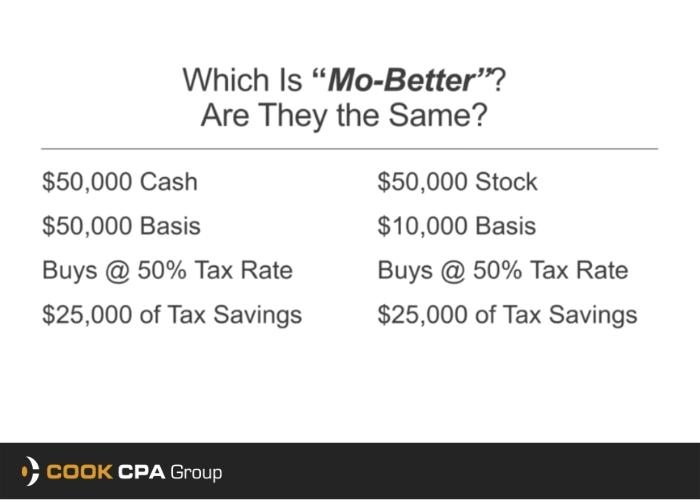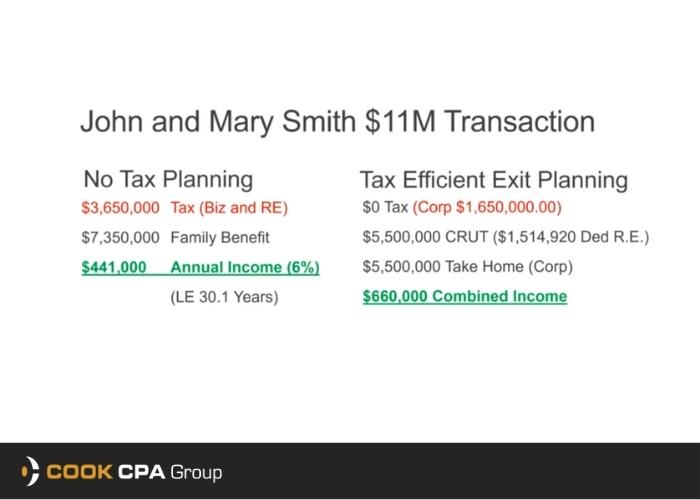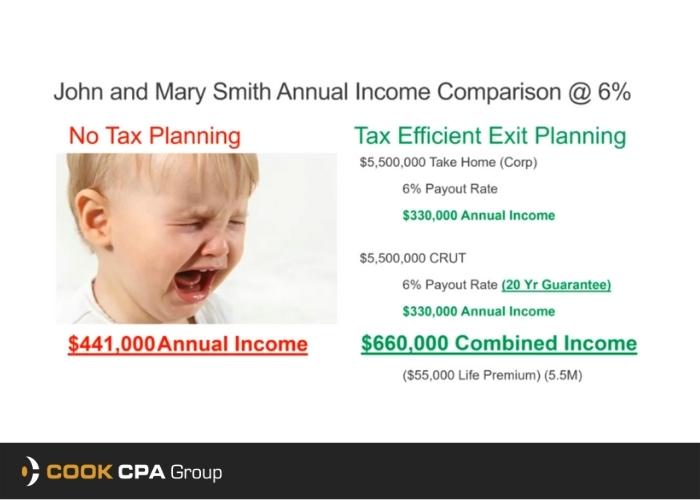
With economic uncertainty looming over many American households, you may be wondering if there are home improvement deductions you can take advantage of to save money this tax season. The answer is a resounding yes!
Several home improvement and repair projects are eligible for deductions and can save you money on your taxes. From energy-efficient upgrades and medical-related additions and modifications to home office-related expenses, there are several options for households looking to leverage tax-saving deductions.
This post outlines home improvement expenses you can write off this tax season to save money. Keep reading to determine if you are eligible for any of these tax-saving opportunities.
Energy-Efficient Renovations
Investing in energy-efficient products is one way to save money this tax season. As part of the recently enacted Inflation Reduction Act of 2022, energy efficiency tax credits for residential upgrades were extended through 2032. This is great news for homeowners looking to save money this tax season.
If you’re looking to lower your tax bill this year, you may consider taking advantage of several energy-efficient tax credits and rebates, including:
The Energy Efficient Home Improvement Credit
The Inflation Reduction Act reintroduced the Energy Efficient Home Improvement Credit with special credits for installing energy-efficient insulation, windows, doors, roofing, and other energy-saving renovations. For 2022, you may be eligible to receive a credit of 10% of the costs of installing energy-efficient products. This credit limit will be bumped to 30% for the 2023 tax year. Read this fact sheet for more information on new credit limits for qualifying improvements such as energy audits, exterior doors and windows, and water heaters or heat pumps.
The Residential Clean Energy Credit
The Inflation Reduction Act increased the credit amount to 30% for the costs of installing qualified systems using solar, geothermal, wind, or fuel cell power to produce necessary utilities like electricity and water heaters in your home. The 30% annual credit drops to 26% in 2033 and 22% in 2034, after which the credit will expire. Take advantage while you can!
High-Efficiency Electric Home Rebates
This program provides rebates to low- and middle-income households who upgrade their appliances and utilities to high-efficiency models. For example, your family may be eligible to receive a rebate of up to $840 if you purchase an energy-efficient stove, or up to $1,6000 if upgrading your home’s insulation.
If your total annual income is less than 150% of the median income where you live, you are eligible for this rebate and should leverage it to save money this tax season.
Medical-Related Improvements

If you, your spouse, or your dependent(s) require permanent home improvements as part of medical-related care, you can deduct certain related expenses from your tax bill. Taking care of yourself and your loved ones is a taxing process that often involves modifications to your daily routine.
Improvements to your home that are necessary for the medical care of you or your family are fully deductible, so long as they fit set criteria. The following are examples of medical care-related improvements that you want to deduct from your taxes to save money:
- Adding entrance and exit ramps for wheelchair accessibility or ease of mobility
- Expenses to widen hallways and interior and exterior doorways
- Modifying kitchen cabinets and counters
- Installing support bars and railings in bathrooms and around entrances and exits to your home
- Adding lifting mechanisms to the exterior of your home or inside as a means to get from one floor to another
- Modifying alarms, smoke detectors, or other electrical fixtures
- Modifying certain landscaping features such as grading areas around your home
This is just a snapshot of the expenses that can be deducted to save you money on your tax bill. Check out IRS Publication 502 for a full list of medical-related home improvements that may be deductible.
You should note: any expenses that could be considered as increasing the value of your home – such as a swimming pool or other architectural designs – may not be deductible until, and if, you sell your home. It’s best to reach out to an expert CPA to discuss your unique situation.
Home-Office Improvements
The past few years have drastically changed the way many Americans work. While a large percentage of citizens conduct business operations from a home office, more and more business owners are adopting a home office base.
Several deductions exist for people who use their home as the principal business location and exclusively utilize space within their home to conduct their business operations. Unlike other deductions included in this post, home office-related repairs and improvements can be deducted from your taxes. The caveat here is that any repairs or improvements must only be in the part of your home you use exclusively to run your business.
While improvements are deductible through depreciation over a length of time, any repairs you’ve made this year can be deducted from your taxes on this year’s tax return. If you have an office or space in your home that qualifies for the home office deduction, you’ll be able to deduct the following expenses:
- Repairs to windows and doors in the space
- A percentage (relative to the ratio between your home and office footprint) of exterior maintenance and repair work, such as roofing, HVAC, and furnace repairs
- A percentage of maintenance fees for pest control or extermination.
As you can see, the list of home office-related expenses is less robust than other categories in this post. However, if you use a room or space in your home exclusively for your business, there are still money-saving tax deductions you should take advantage of!
If you’re interested in writing off any home improvement deductions to save money this tax season, reach out to us. We bring together our friendly team and affordable services to make sure our clients never pay more than they have to.


























